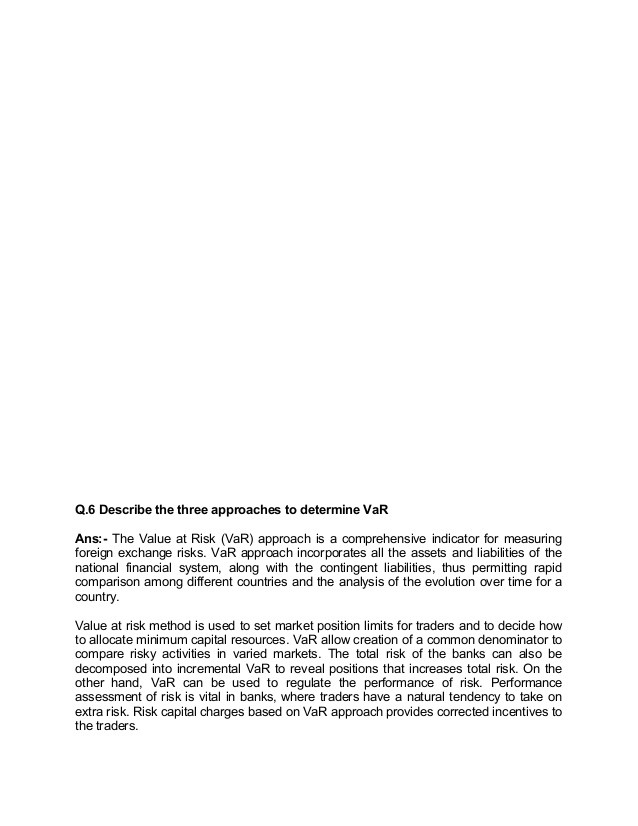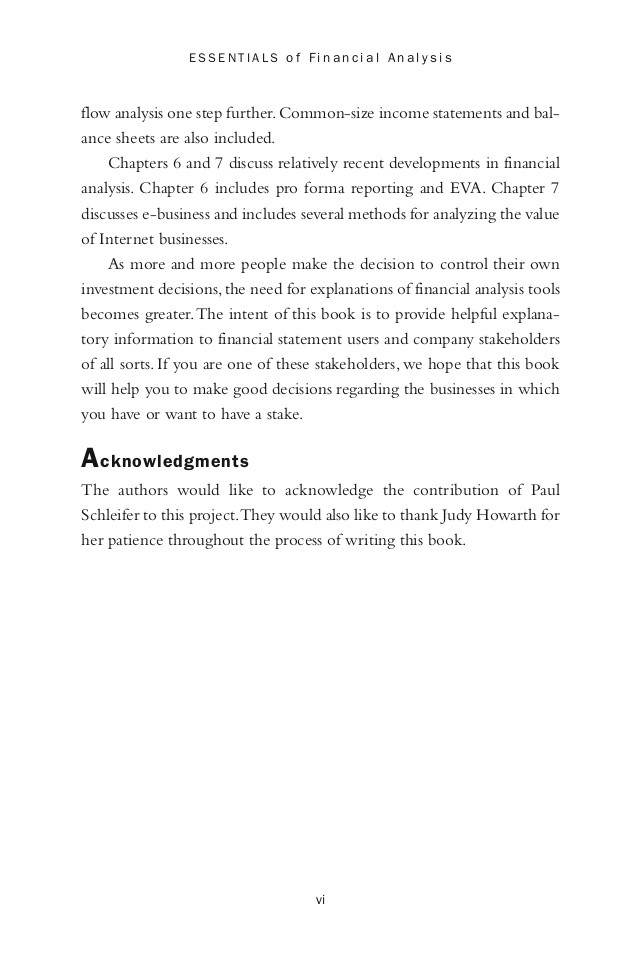S balance sheet shows the value of assets liabilities a 24452
Post on: 2 Июнь, 2015 No Comment

1. A company’s balance sheet shows the value of assets, liabilities, and stockholders’ equity:
a. at the end of the fiscal year
b. for any given period of time
c. at a specific point in time
d. over an annual period
e. at the end of the calendar year
2. Earnings per share (EPS) is calculated by:
a. dividing pretax income by the number of shares of common stock outstanding
b. dividing the dividends paid by the number of shares of common stock outstanding
c. dividing earnings available for common stockholders by the number of shares of common stock outstanding
d. dividing net profits after tax by the total number of preferred and common stock shares outstanding
e. none of the above
3. Pennywise, Inc. had a great year. Sales reached an all-time high of $1 million, with a gross margin of $3 million. Depreciation was recorded at $500,000. Earnings before interest and taxes were $1.5 million, interest was $.5 million, and total taxes were $500,000 The firm’s operating cash flow (OCF) was:
a. $.5 million
b. $1.0 million
c. $1.5 million
d. $2.0 million
e. $2.5 million
4. When evaluating financial ratios, analysts typically examine a firm’s ratio values:
a. compared to firms in other industries
b. compared to the firm’s previous years’ ratios
c. compared to regional averages
d. compared to firms with similar net profit margins
e. all of the above

5. Why is the quick ratio a more appropriate measure of liquidity than the current ratio for a large-airplane manufacturer?
a. It recognizes the contribution of all assets so that analysts can see how quickly a firm can satisfy its short-term obligations.
b. It recognizes that parts can be quickly converted to cash.
c. It provides a better measure of overall liquidity when a firm has highly liquid inventory.
d. It is not more appropriate. The current ratio would provide better information in this situation.
e. It excludes inventory from the numerator of the ratio because it is difficult to convert inventory to cash and most sales are made on a credit basis.
6. Noncash charges, such as __________, are expenses that appear on the income statement but do not involve an actual outlay of cash.
a. investment flows, operating flows, financing flows
b. NOPAT
c. free cash flows
d. depreciation, amortization, and depletion allowance
e. All of the above
7. In 2011, a firm books the following: increase in cash, $0; increase in inventories $50; increase in accounts receivable, $25; increase in accounts payable, $25; what is the firms change in net working capital?














